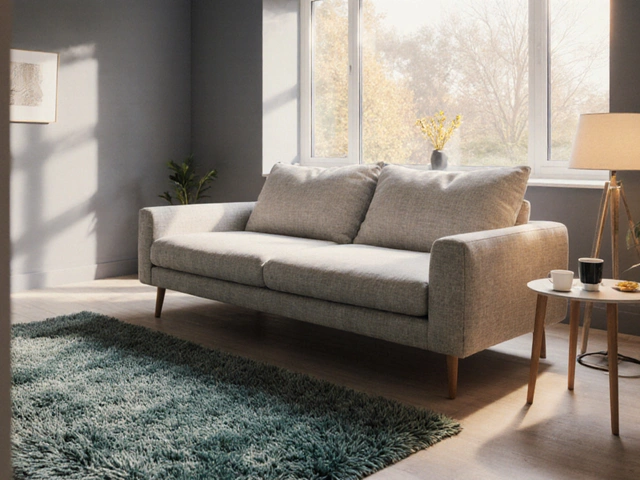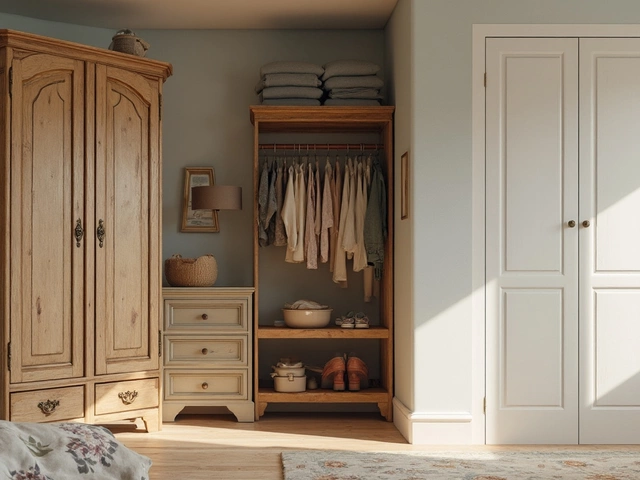Furniture Quality: What Makes a School Piece Worth Buying?
When you walk into a classroom, the first thing you notice is the desks and chairs. If they feel sturdy and comfortable, you’ve already won a win for learning. But how do you know a piece of furniture is truly high‑quality and not just a cheap look‑alike? Below we break down the real signs of good furniture, what to test before you buy, and how to keep costs in check.
Look for Solid Construction
Strong construction starts with the frame. Metal frames should be powder‑coated and have no sharp edges. If it’s wood, check that the joints are reinforced with screws or dowels—not just glued. A quick shake test can reveal wobble: push gently on the desk or chair and see if it steadies instantly. Any squeak or wobble means the piece will likely wear out faster.
Another tip: lift the furniture a little. A heavy piece usually means dense material, which translates to durability. Light‑weight plastic may look sleek, but it often dents or cracks under daily use. For schools, you want a balance – sturdy enough to last, but not so heavy that it’s impossible to move when re‑arranging rooms.
Check the Finish and Safety Features
The finish isn’t just about looks. A good finish protects the material from spills, scratches, and everyday abuse. For metal, a rust‑proof coating is a must. For wood, a clear, non‑toxic sealant prevents water damage and keeps edges smooth. Run your hand over the surface; it should feel even, without rough spots that could snag clothing or hurt a child’s skin.
Safety matters too. Rounded corners on desks and chairs reduce the risk of bumps. Look for chairs with a weight limit that exceeds the heaviest student you expect to use them. Adjustable height features should lock securely, so they don’t slip while a student sits down.
Finally, ask for compliance certificates. In the UK, school furniture often follows the British Standard BS EN 1729‑1 for durability and the Furniture and Furnishings (Fire) (Safety) Regulations. A quick check on the supplier’s website or a request for documentation can save you headaches later.
By focusing on solid construction, protective finishes, and clear safety standards, you can spot furniture that will hold up year after year. Combine these checks with a realistic budget, and you’ll end up with pieces that boost learning without breaking the bank.





